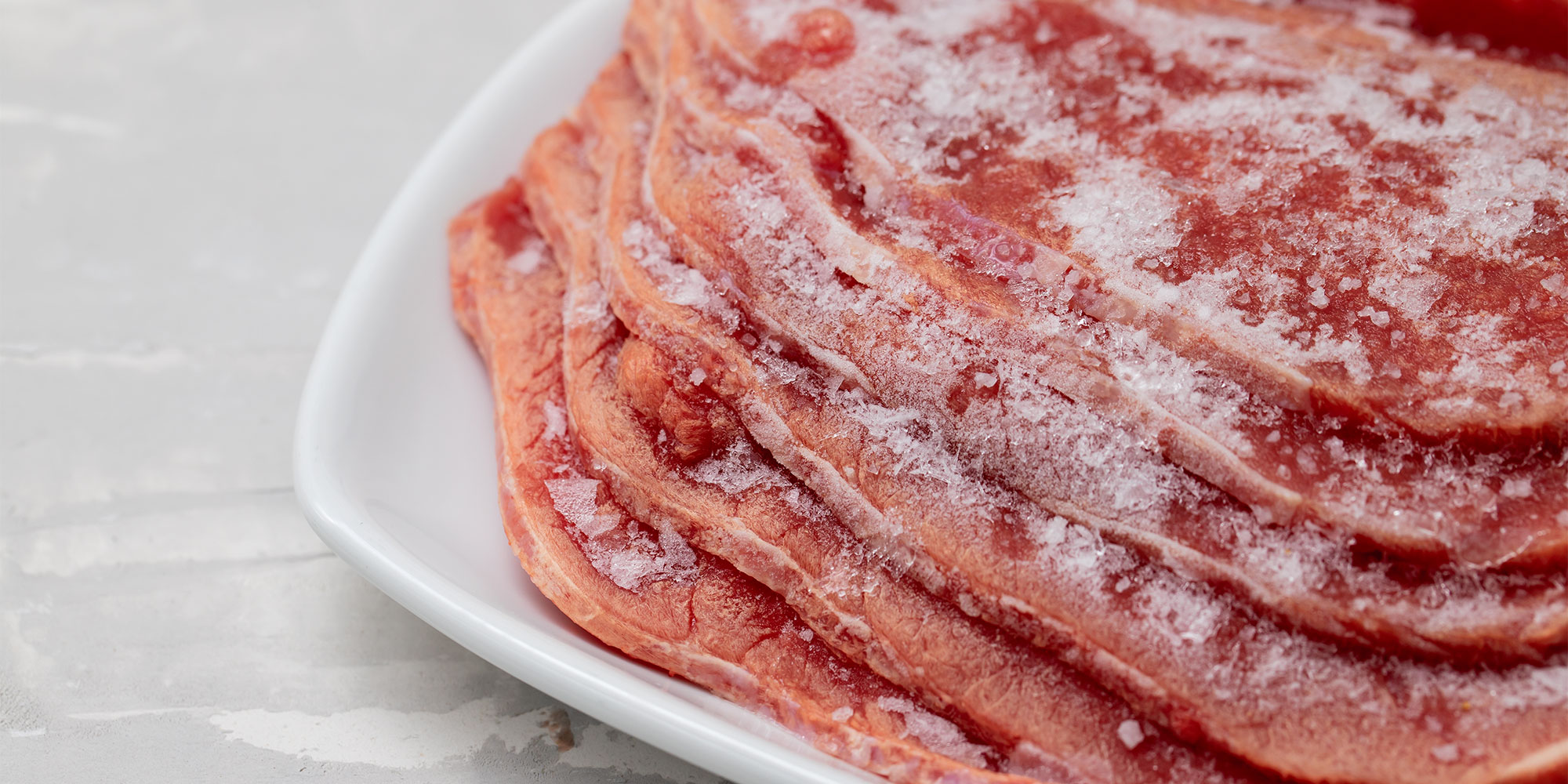By clicking a retailer link you consent to third-party cookies that track your onward journey. This enables W? to receive an affiliate commission if you make a purchase, which supports our mission to be the UK's consumer champion.
7 mistakes you might be making when freezing food

By freezing leftovers before they go bad, you'll save food, time and money, but all that good work will go to waste if you're not freezing your food properly.
And if you don't defrost food correctly, you run the risk of making yourself ill.
Avoid these seven mistakes to make the most of your freezer and your food.
Get our expert tips for making smarter consumer choices. Sign up for our free Weekly Scoop newsletter
1. Keeping your freezer too warm
If you want to get the most out of your food, the temperature in your freezer needs to be between -18°C and -20°C.
At this temperature range, your food will be stored safely as the cold prevents most bacteria from growing or producing toxins and the chemical reactions that lead to spoilage are slowed down.
Fortunately, most of the freezers we've tested have an accurate recommended thermostat setting, which means you won't have to play around with the controls or temperature dial.
But room temperatures can vary widely over the course of a day and at different times of the year, and this proves the downfall for many freezers.
The best freezers keep food safely frozen 24/7 – whatever the temperature is outside. But some struggle to maintain an even temperature, causing food to partially thaw and re-freeze as the temperature outside fluctuates.
If you suspect your freezer's thermostat is unreliable, consider buying a freezer thermometer to check on the temperature in your freezer as the outside temperature rises or falls to extremes.
Our guides to the best fridge freezers and best freezers will help you find models that maintain a stable temperature all year round.

2. Keeping your freezer too full
Avoid cramming every drawer or shelf so full of produce that it will prevent air from circulating properly. This could force the compressor to work overly hard, eventually leading to a fault.
That said, a fuller freezer will work more efficiently than a sparsely filled one, so aim for a happy medium when filling it up.
See our guide to the best cheap supermarket food and drink.
3. Waiting too long to freeze food
Try to identify food you won't use right away and get it in the freezer as soon as possible. The closer to peak quality you freeze an item, the better it will be when defrosted.
Also, be sure not to ignore use-by dates. Freezing won't kill off bacteria and toxins, so any that have developed on your food after the use-by date will still be there once it's thawed. Don't risk it.
For more tips, check out our full guide: What temperature should a freezer be?
4. Not removing the packaging
Pre-bought frozen food often comes in a box and a bag. Recycle the box before you put the food in the freezer, and you'll have more space for other food.
Often, the items in a box are loose, such as fish fingers. If you open a box but don't use everything, consider transferring unused items to a freezer bag and then ditching the box.
If necessary, use a freezer marker to label the bag with its contents and the temperature at which it should be reheated.
See our guide on how to recycle in the UK, which includes advice on packaging.

5. Forgetting to label your food
Identifying what that frozen block in a frosted freezer bag is can be a tricky task, especially months after you froze it.
Labelling bags before freezing will help cut out the guesswork.
See our story on how to store condiments correctly.
6. Placing hot food directly in the freezer
Recently cooked food should be left to cool on the counter for a maximum of 1-2 hours before freezing. Otherwise, the warmth will send the temperature in the freezer skyrocketing.
Not only will that compromise the quality of other frozen food by potentially thawing it slightly, but it will also force your freezer to work harder to cool down, pushing up your energy bills.
Consider splitting leftovers into individual portions, so you can defrost only what you need later on.
Find out how to defrost your freezer in 7 easy steps.

7. Defrosting at room temperature
When you take your food out of the freezer, it's important to defrost it safely before cooking or eating it.
Avoid defrosting food at room temperature, as most bacteria on your food will grow at temperatures of above 8°C, putting you at increased risk of food poisoning.
The safest way to defrost food is in the fridge. It's best to plan ahead for this and allow enough time for food to fully defrost.
Small items can defrost overnight, but others can take a day or two. Large items like turkeys can take up to four days to fully defrost in a fridge.
Alternatively you can thaw food in a microwave using the defrost setting. If you opt for this method, make sure you're ready to cook it immediately after as the microwave could raise the temperature of the food to a level where bacteria can start to flourish.




